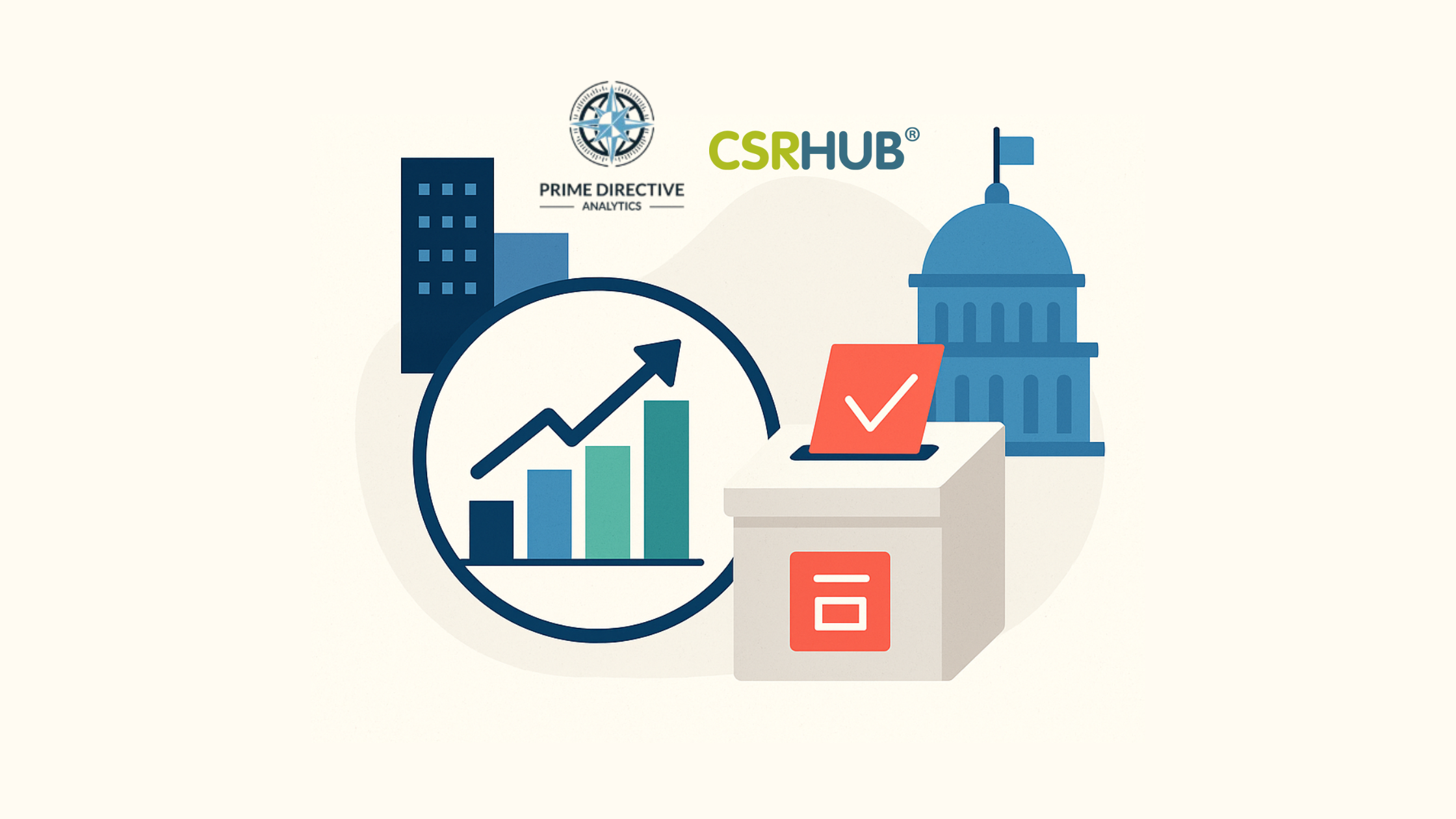By Bahar Gidwani
A family trip recently brought me back to China for a few weeks. I was in a small provincial capital — quieter than Beijing or Shanghai and the kind of place that has seen explosive population growth in the past ten years.
I spent some time this trip trying to understand the extent to which Chinese society worries about sustainability. There are several places where China and other so-called “developing countries” have a legacy sustainability advantage over the US. For instance, the Chinese don’t use a lot of air conditioning in their buildings and they heat to a lower temperature in the winter. Their daily food is bought in markets and supermarkets that seem to get most of their supplies directly from local farmers. There are some big milk distributors and a lot of packaged foods on the shelves — but most people’s daily rations come more directly to their table than they do in the U.S. — and come in some cases on bicycles and other lower-carbon transport means!
There seems to be ample (crowded) public transport to supplement bicycles, motor scooters and cars. Intercity travel by air or by private car is possible, but most ordinary people go from one place to another by train or bus. While there are commuting traffic jams, they are mild by comparison to those in a smaller city like Memphis or Columbus — Chinese office workers seem to show up at work when they feel like it and come and go during the day as they wish.
On the other hand, things are changing and the changes seem likely to add pressure in the future to our world’s environment. There is a shift from small, family-tended farms (with stable water use and soil quality) to larger machine-tended farms. These organizations often grow water-intensive and cultivation-intensive crops. Local rivers may no longer fill their beds throughout the year and this causes problems for sewage disposal and drinking water needs.
There has been a massive growth in private housing. From any point of view, a visitor can see eight or ten construction cranes working on tall apartment blocks. These new complexes will simultaneously increase the average living area for city residents and the density of the city’s population. The added living space will create demand for heating and cooling — and for furnishings, cleaning supplies, etc. The increase in density may start to snarl traffic and encourage a shift towards buying in large department stores instead of local shops. In turn, this may further increase purchases of private autos and a resulting shift in travel habits. TV programs (and TV ads) display this lifestyle, with dramas that include expensive dinners, tailored clothing, and other luxuries.
 There are signs of interest in sustainable behavior. I took the following shot of a young man wearing a compact fluorescent light bulb outfit. He was part of a Phillips booth that had been put outside a department store. I assume the goal was to convince shoppers to convert from incandescent lights to fluorescents, but I did not see any comparable focus inside the store on “Energy Star” type power-saving appliances or other consumer-facing load reducing programs. Still, I may have missed them amid the throng of shoppers, sellers, and the plethora of goods that are now available to Chinese consumers.
There are signs of interest in sustainable behavior. I took the following shot of a young man wearing a compact fluorescent light bulb outfit. He was part of a Phillips booth that had been put outside a department store. I assume the goal was to convince shoppers to convert from incandescent lights to fluorescents, but I did not see any comparable focus inside the store on “Energy Star” type power-saving appliances or other consumer-facing load reducing programs. Still, I may have missed them amid the throng of shoppers, sellers, and the plethora of goods that are now available to Chinese consumers.
The new pattern of life that these changes create may have positive effects on the daily life for ordinary citizens — at least for a while. But, there may not be enough resources available to move more than a fraction of the China’s population away from their traditional low impact, sustainable lifestyle towards a higher consumption model. Perhaps this hard-working, high-energy society will come up with a new model — something they can teach us? If they don’t, we may see a dramatic increase in competition for our world’s increasingly scarce natural resources.


